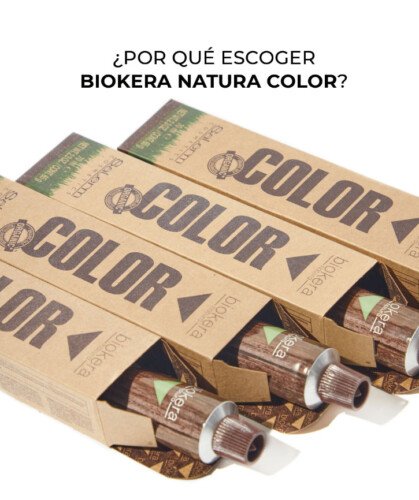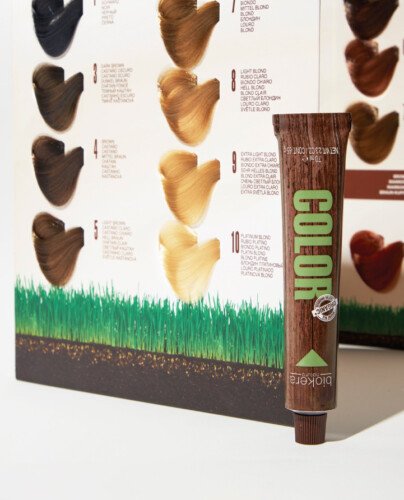Hair Color
What is the best color for a salon shop?
Hair dyes are the most demanded service in salons by clients (Salerm Cosmetics, 2025). That high demand means your color line must deliver consistent results, full coverage, and hair care.
Picking the best salon hair color means balancing even grey coverage, long-lasting pigments, and fiber health. You’ll keep clients coming back with salon-grade performance every time.
Understand salon color services
Salon-grade dye benefits
Salon professionals use salon-grade dye formulas that offer richer pigments and built-in conditioning. Unlike retail box options, these professional tints fade evenly and resist brassy tones.
Custom mixing and shades
You can mix pigments to match any client’s goals. Whether you’re blending a pastel tone or counteracting unwanted warmth, on-site mixing gives you full creative control. For a closer look at how these compare, see our guide on box dye vs salon dye.
Compare top professional brands
A quick table highlights key features of leading salon lines. Data based on brand sites and pro feedback.
| Brand | Coverage | Lift capability | Key benefit |
|---|---|---|---|
| Salermvision | 100% grey | 1–2 levels | Vibrant pigments, nourishing formula (Salerm Cosmetics) |
| Keyra Colors | 100% grey | Up to 4 levels | Keratin-based, vibrant shine (Keyra Colors) |
| ALFAPARF MILANO PROFESSIONAL | 100% grey | Up to 3 levels | Wide shade range, gloss toners (ALFARPF MILANO PROFESSIONAL) |
| Blust-On | 100% grey | 2–3 levels | Fast action formulas, gentle ingredients (Blust-On) |
Match coverage and durability
Assess grey coverage performance
Clients expect flawless grey coverage that lasts until their next visit. Lines like Salermvision and Keyra Colors promise full coverage on every strand. For more on covering grey, explore our grey coverage dye guide.
Check pigment longevity
Longevity varies by formula. Look for tints marketed as long-lasting hair dye, which often include protective polymers to slow fading and shield against UV damage.
Protect hair fiber health
What is the best color for a salon shop?
Use nourishing ingredients
Many salon lines blend oils, proteins, or keratin to strengthen hair during coloring. For example, Keyra Colors uses keratin to seal the cuticle, boosting shine and smoothness.
Offer bond-building treatments
Adding a bond-repair step can cut breakage by up to 70% (Olaplex data). Consider pairing every color service with an olaplex treatment or similar system to rebuild disulfide links and reinforce strands.
Plan your next steps
- Review your salon’s core services and average client needs.
- Trial two to three salon-grade lines from the table above.
- Note coverage, lift, and client feedback over a month.
- Adjust your offerings based on performance and profitability.
With a clear process, you’ll pinpoint the best salon hair color options for your business. You’ve got this—happy coloring.
FAQ
What makes a dye salon-grade?
Salon-grade formulas use higher-quality pigments and conditioning agents. They’re mixed on-site and fade more evenly than retail dyes.
How often should clients retouch their color?
Most professionals recommend touch-ups every 4–6 weeks, depending on growth rate and desired coverage.
Can I lighten hair multiple levels in one session?
Some lines like Keyra Colors can lift up to four levels in super-lightening formulas. Always assess hair health before aggressive lifts.
What’s the difference between permanent and demi-permanent color?
Permanent dyes penetrate the cortex for long-term change, while demi-permanent sits closer to the cuticle and fades over 12–20 washes. For deeper details, see our best permanent hair color overview.
Should I include bond-building treatments in every service?
Yes, adding a bond repair step (for example, olaplex treatment) helps prevent damage and keeps hair strong after coloring.


